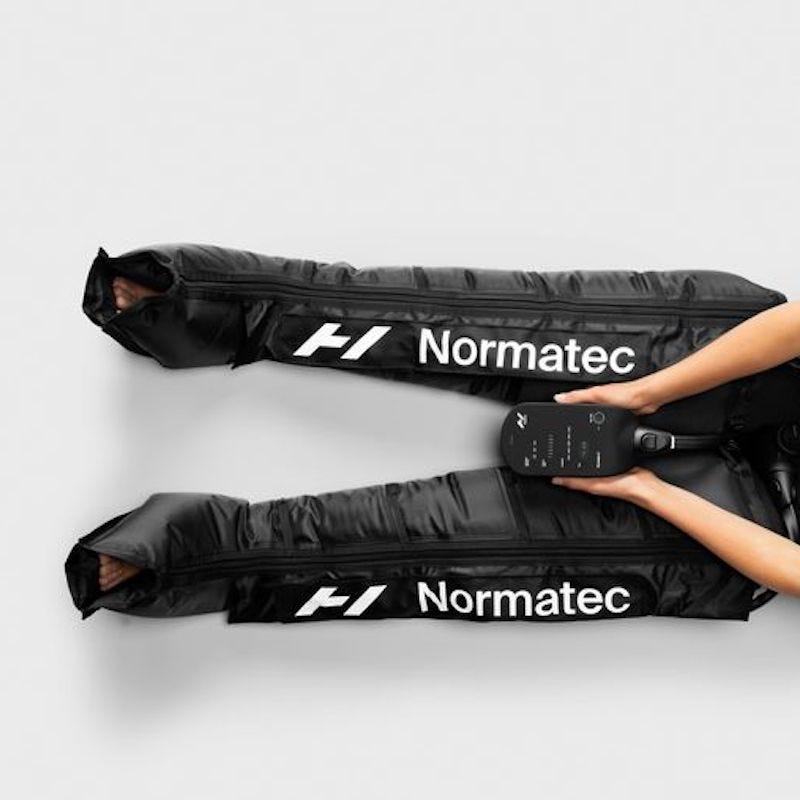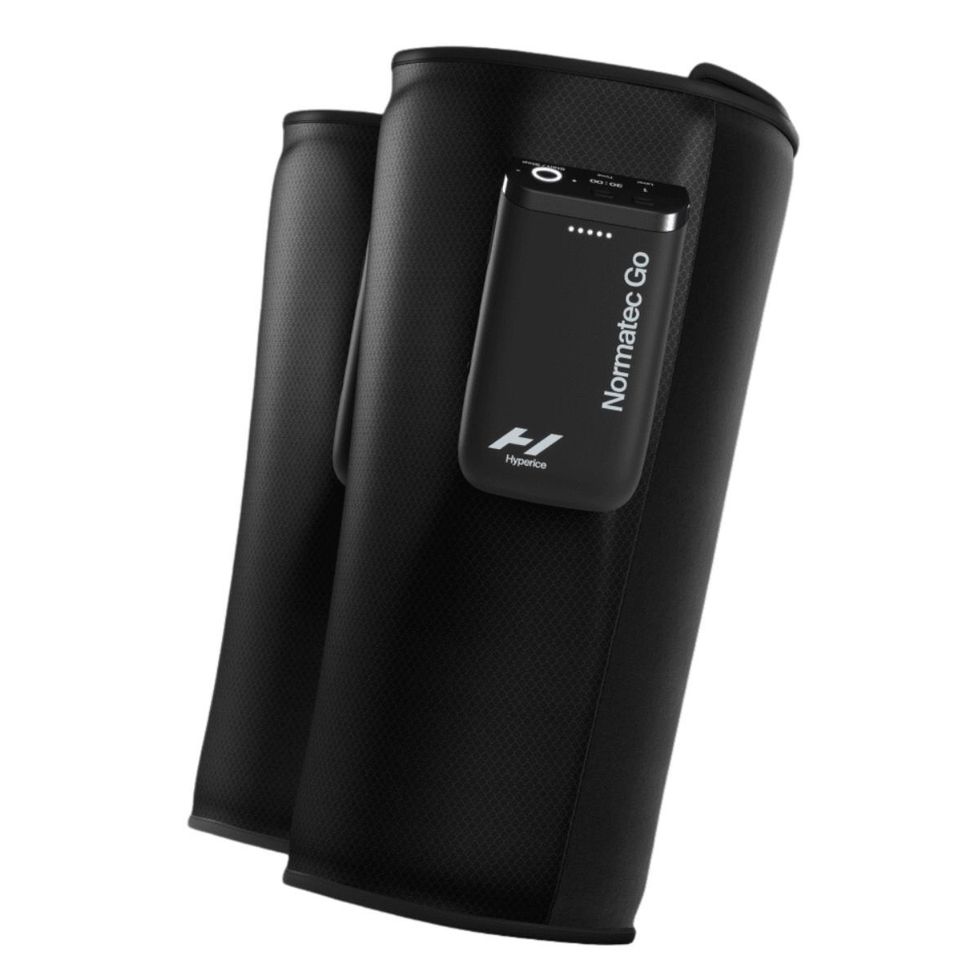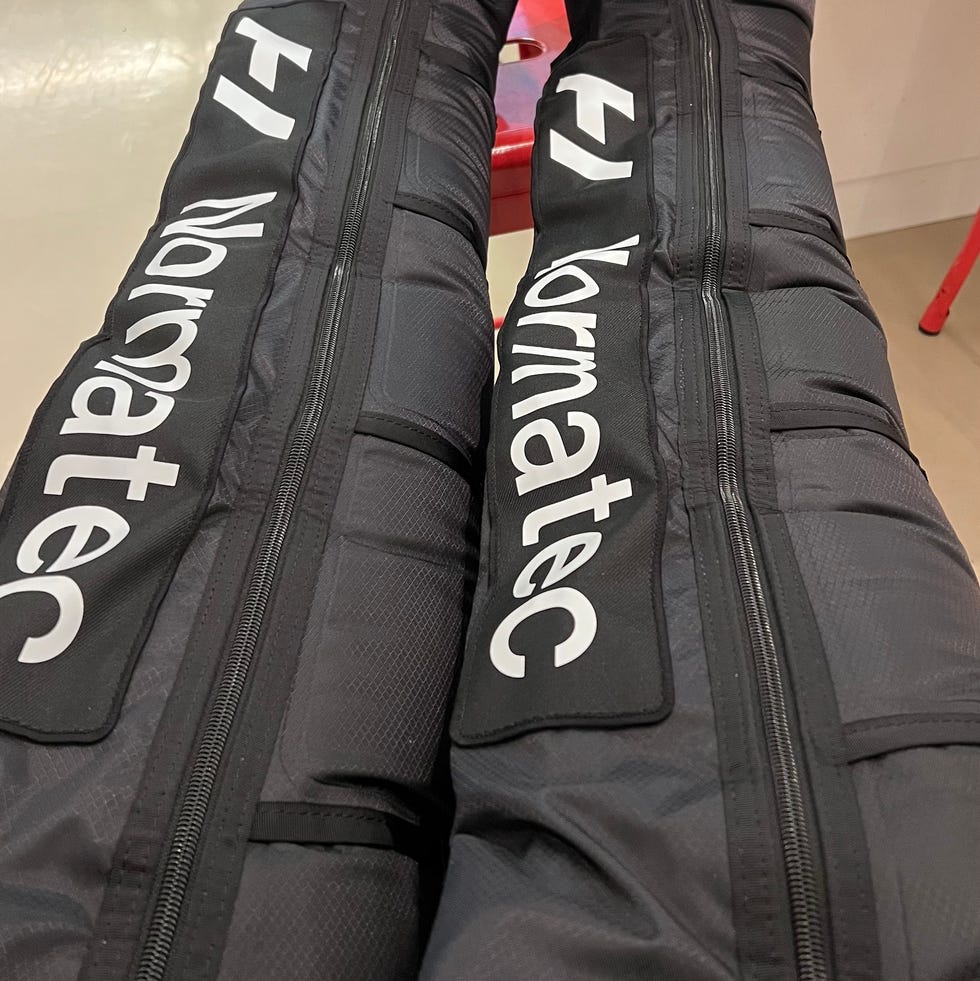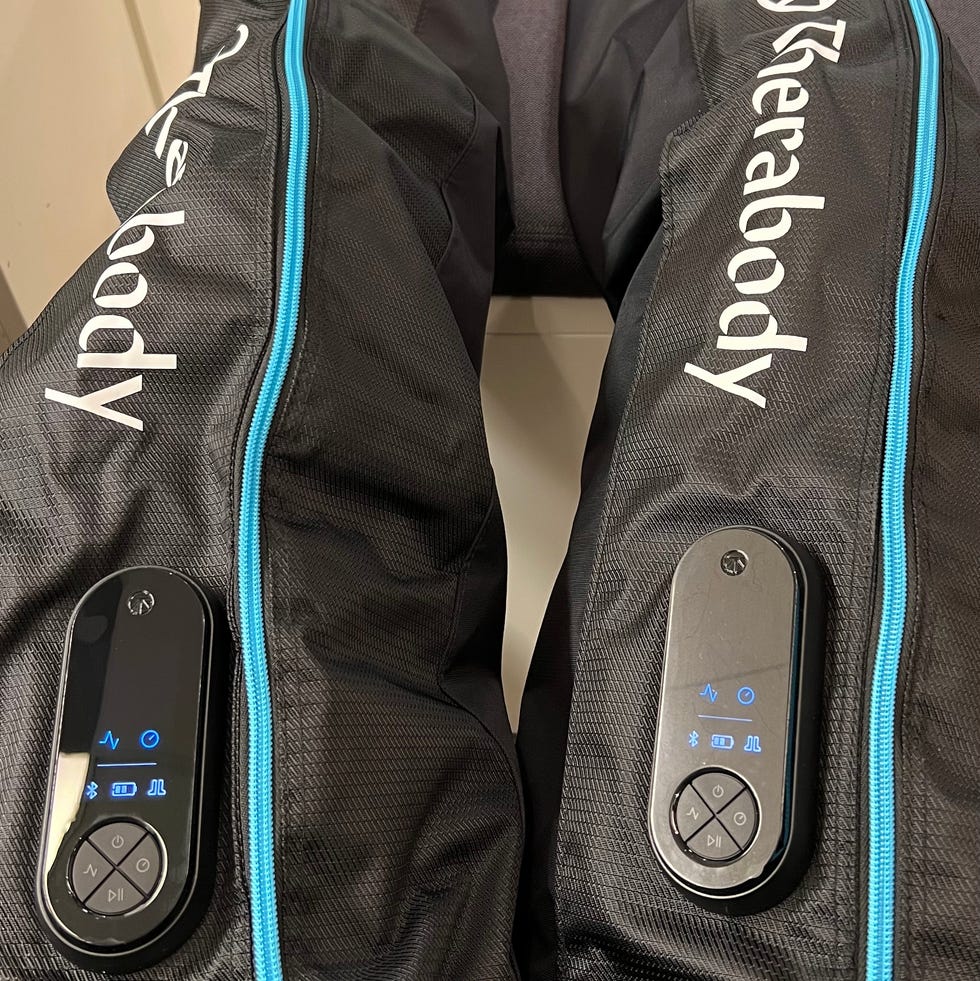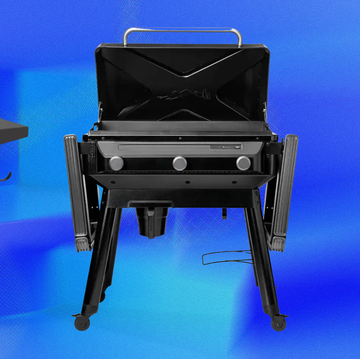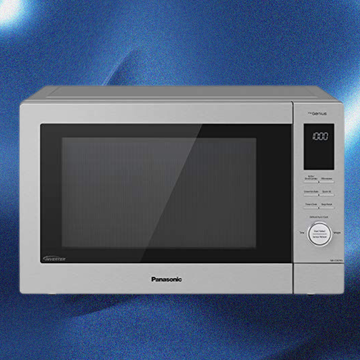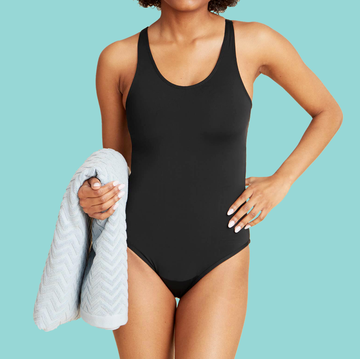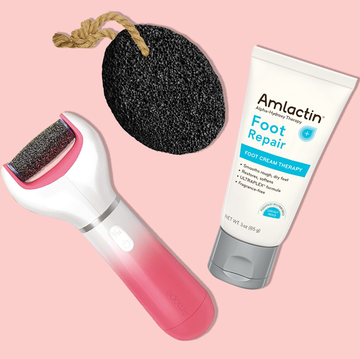4 Best Compression Boots for Post-Workout Muscle Recovery
Our pros share which boots are actually worth the investment to help your body recover.

We've been independently researching and testing products for over 120 years. If you buy through our links, we may earn a commission. Learn more about our review process.
You may have seen your favorite professional athlete sporting compression boots on TV or social media. These recovery tools that were once only found in clinical settings and athletic centers are now more widely available to the public and for personal use.
Compression boots have blown up in popularity in recent years, thanks to brands like Normatec and Therabody creating versions that you can use in the comfort of your own home. But the hefty price tag can leave you wondering if this recovery device is worth the investment. That's why our team of fitness professionals in the Good Housekeeping Institute Wellness Lab tested the best compression boots on the market to see if they are indeed worth the hype.
"Compression boots, also known as pneumatic compression boots, are medical devices that use air pressure to apply intermittent or sequential compression to the legs or feet," said Mike Tromello, MAT, CSCS, RSCC*D, USAW National Coach, CF-L2, fitness professional and certified strength and conditioning specialist. "They are commonly used in hospitals, clinics and athletic settings for improving circulation, preventing deep vein thrombosis (DVT) and aiding in recovery after intense physical activity."
Although many users report major benefits, there is limited research on the effects of compression boots on recovery. But our team of fitness experts have spent hundreds of hours in compression boots and can attest to many of their benefits when used appropriately. We called in the latest models to assess upgrades on newer versions and consulted experts for their input.
Stefani (she/her) is a registered dietitian, a NASM-certified personal trainer and the director of the Good Housekeeping Institute Nutrition Lab, where she handles all nutrition-related content, testing and evaluation. She holds a bachelor’s degree in nutritional sciences from Pennsylvania State University and a master’s degree in clinical nutrition from NYU. She is also Good Housekeeping’s on-staff fitness and exercise expert. Stefani is dedicated to providing readers with evidence-based content to encourage informed food choices and healthy living. She is an avid CrossFitter and a passionate home cook who loves spending time with her big fit Greek family.
Amy Schlinger is a skilled reporter, writer and editor who has over 14 years of experience covering health, fitness, wellness, nutrition and lifestyle topics. She regularly interviews world-renowned doctors and medical professionals, elite trainers, nutrition experts, professional athletes and celebrities, and has held staff positions at Shape, DailyBurn, Self and PopSugar. Her work has appeared in Reader's Digest, Men’s Health, The New York Post, The Wall Street Journal, HuffPost, Women’s Health, Glamour, Runner’s World, Bicycling and more. She earned her BA in Media Arts and Design, with a concentration in Print Journalism, from James Madison University. Amy has run six half marathons, completed two triathlons, biked two century rides, finished two Tough Mudder races and four Spartan races, including a beast at the Spartan World Championships.
Karen Litzy, P.T., D.P.T. is a licensed physical therapist, international speaker, and owner of Karen Litzy Physical Therapy, PLLC. Through her work as a physical therapist, she has helped thousands of people, including Fortune 500 CEOs, royalty and celebrities, overcome painful conditions, recover from surgery, and feel stronger than ever before. As the host Healthy Wealthy & Smart, a top 200 podcast, on Apple Podcasts, she has interviewed influencers in the worlds of health, medicine and entrepreneurship. She also shares how she has prevailed with her own experience of chronic pain.


The 15 Best Natural and Organic Sunscreens

The Best Mosquito Repellents
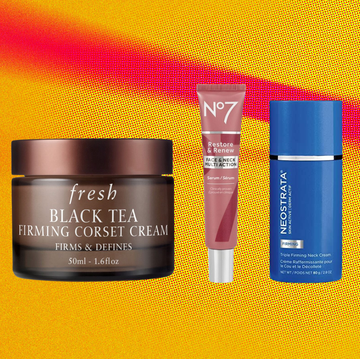
The Best Neck Firming Creams
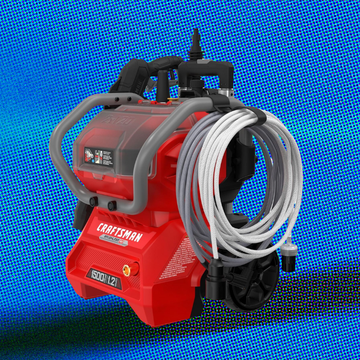
The Best Pressure Washers
